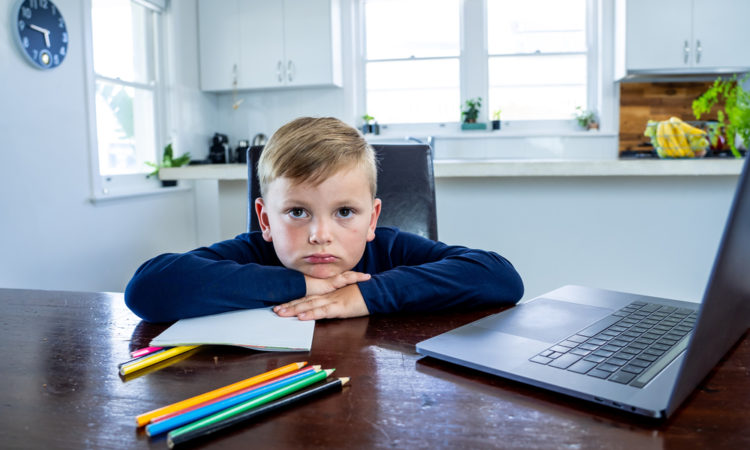
Children and COVID: Parental Anxiety
There are three main channels through which children are affected by this crisis: infection with the virus itself; the immediate socioeconomic impacts of measures to stop transmission of the virus and end the pandemic; and the potential longer-term effects of delayed implementation of the Sustainable Development Goals.
The US changed dramatically in March and April of 2020. Schools closed, businesses closed, parents were balancing working from home and home-schooling. Social distancing became the standard and the country began to lock down. While the country was worried about the medical threat of COVID-19 and the economic impact of businesses, schools and industry shutting down or changing protocols in ways we have never seen; children suddenly had a vastly different life. No going to school, no friends coming over, and the impact of all of this on parents, grandparents, and friends. For all of the country this was a drastic shift in life, in plans and in income. In the midst of a thundering novel pandemic it is challenging to prepare children, or even have helpful conversations since much was and remains, unknown.
Medical Impact
The original premise that children were less effected and less likely to carry the COVID virus have been tested by an increase in our knowledge of COVID. While many children are asymptomatic one in three were admitted to ICU, with Hispanic and Non-white children accounting for most ICU admissions. COVID-NET has identified 576 pediatric cases requiring hospitalizations. Multisystem Inflammatory Syndrome in Children (MIS-C) associated with COVID has resulted in an additional 342 and 6 deaths (as of July 2020).
The more immediate risk for children seems to be the indirect effects of increases in homelessness, poverty, lack of medical resources and inadequate nutrition. The increase in confinement has increased the risk for abuse, domestic violence, drug addiction and alcoholism. The increase in anxiety in both parents and children from the stress of distance learning, confinement and illness has been increasing as the pandemic continues. Children have become more anxious about school, safety, and illness. Parents have become more anxious about economic issues, balancing homeschooling and work, and the uncertainty of the future.
Socioeconomic Impact
The rising anxiety about poverty, eviction and homelessness has many parents on edge, with good reason as 42 – 66 million children are expected to fall into poverty as a result of the pandemic and related economic fallout. This is on top of the existing 386 million children already in poverty. Poverty comes with increased risks of food and nutritional deprivation, poor living conditions and eviction/homelessness as well as the anxiety of medical resources whenever a child becomes ill.
The closing of schools and the reliance on distance learning is more challenging to children and parents battling poverty. Reliable internet connection, technology device access, sustained ability to focus has led to an increase in parental anxiety that children will fall too far behind to catch up to classmates.
Delayed Implementation of Sustainable Development Goals
The long-term effects of a lack socialization, in person learning, reduction in economic stability and safety are hard to fully comprehend. The parental anxiety about keeping their children on-track while working from home, working on the front lines, or trying to find work is high. The disruption to the richness that sports, after school events and deepening friendships on children make both children and parents increasingly anxious.
Silver-ish Linings
Having more time at home, engaging more as a family, being more involved in education and slowing down suddenly have yielded strong, priceless benefits. We can use these positive moments to help reduce anxiety and focus on pivoting to adapt to the moment. Children are resilient, we can get through this best together. Share your anxiety with other, reach out to online counseling, it is now available on demand. Share with other parents. Look to some of the creative solutions other neighborhoods have implemented like learning pods and in-home care.